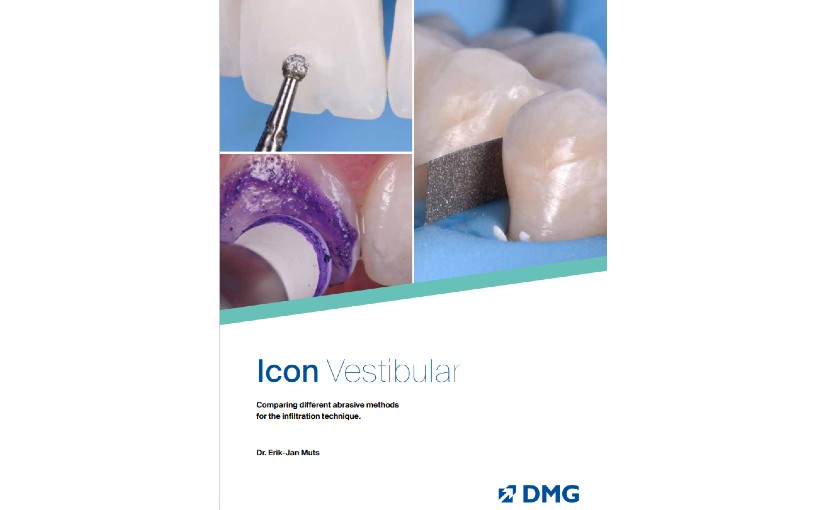
Interdental Cleaning: Primary prevention of periodontitis: managing gingivitis
In this randomized controlled clinical study the aim was to compare the effectiveness of conical and cylindrical interdental brushes in respect to plaque and bleeding scores. The subjects included in the study were patients enrolled in a supportive periodontal maintenance program for at least one year after treatment of periodontitis.
The patients were randomly selected to use either a conical or a cylindrical interdental brush. The right size was tried out and instructions were given on how to use the brush. The interdental brush was used from the buccal site. Plaque scores, bleeding upon probing and probing pocket depth were registered at base-line and at the 3-month follow-up. Six sites per tooth, disto-vestibular, vestibular, mesio-vestibular, disto-lingual, lingual and mesio-lingual, in the 51 participating subjects were analyzed. All approximal sites with the appropriate size for an interdental brush were included.
A statistically significant difference was shown in plaque and bleeding scores at lingual approximal sites, disto-lingual and mesio-lingual sites, due to an increase in plaque and bleeding scores at these sites during the test period in the group allocated to the conical interdental brushes. The authors declare the results as being dependent on the geometric differences in the shape of conical and cylindrical interdental brushes, in favour of the cylindrical shape.
A summary of a scientific article
This summary of a scientific study by Larsen HC et al. Int J Dent Hyg. 2017 Aug;15(3):211-218. is presented by Anna Nilvéus Olofsson, DDS, Manager Odontology and Scientific Affairs.


